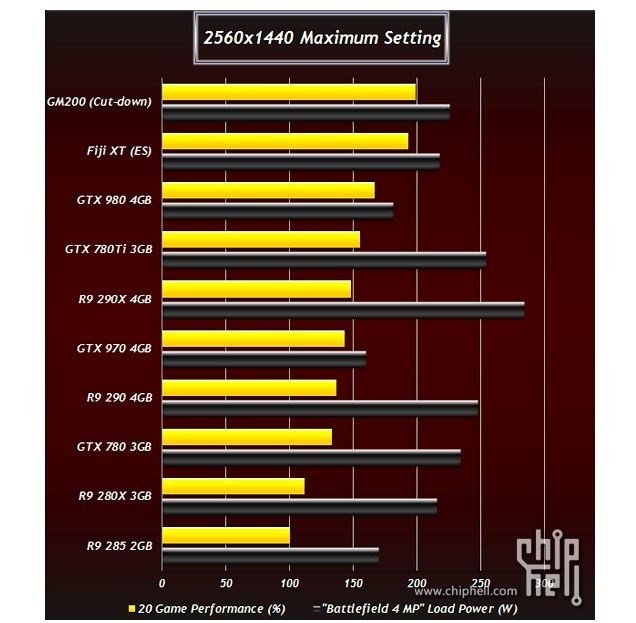

- #Amd graphic card benchmark 1080p
- #Amd graphic card benchmark full
- #Amd graphic card benchmark series
The EVGA 950 Super-Superclocked model that we tested features EVGA’s slick ACX 2.0 cooler and jacks the clock speeds all the way up to 1190MHz base/1393MHz boost. The stock version rocks 768 CUDA cores clocked at 1024MHz base clock/1188MHz boost clock, paired with 2GB of GDDR5 that’s clocked at a 6.6Gbps effective rate and chatting with the GPU over a 128-bit bus.
#Amd graphic card benchmark 1080p
The $160 Nvidia GeForce GTX 950 lures in entry-level gamers with solid 40-plus frames-per-second performance with mid-to-high settings at 1080p resolution. It packs HDMI, DisplayPort, and both DVI-I and DVI-D connections. The VisionTek model we tested packs 1030MHz base/1080MHz boost clock speeds, a custom dual-fan cooling solution over a beefy heat sink with supplemental heat pipes, and-notably-a killer limited lifetime warranty for both parts and labor. Prices typically range from $150 to $200 online. The $150 AMD Radeon R9 270X needs two 6-pin power connections, but it offers up to 4GB of RAM and 1050MHz clock speeds with the same 1280 stream processors. It draws all its juice over the PCIe connection. It includes single HDMI, DisplayPort, and DVI-I connections, but here’s the really nifty thing about the 750 Ti: This power-sipping graphics card requires no supplemental power connections whatsoever. We tested a EVGA GeForce GTX 750 Ti Superclocked, which ships factory-overclocked at 1176MHz base/1255MHz boost. Stock specs include a 1020MHz base/1085MHZ boost clock, 640 CUDA cores, and 2GB of GDDR5 memory paired with a 128-bit bus. Some high-end reference cards are also included, however.įirst up is the Nvidia GeForce GTX 750 Ti, which is still around despite the launch of the newer GeForce GTX 950. Most models cost between $100 and $120, depending on the included features. We tested as many different GPUs as possible-one GeForce GTX 750 Ti, one Radeon R9 390X, et cetera-with a preference for models with custom cooling solutions, in order to mimic as realistic a scenario as possible.

#Amd graphic card benchmark series
#Amd graphic card benchmark full


 0 kommentar(er)
0 kommentar(er)
